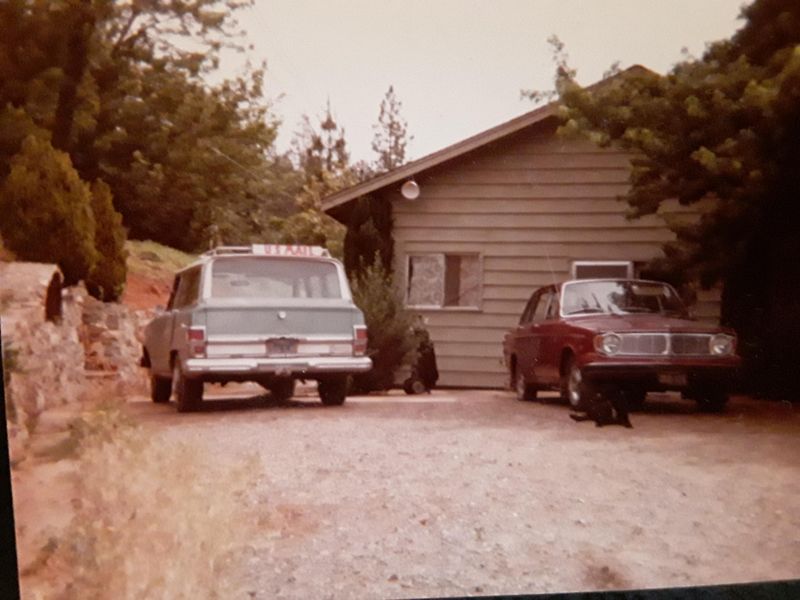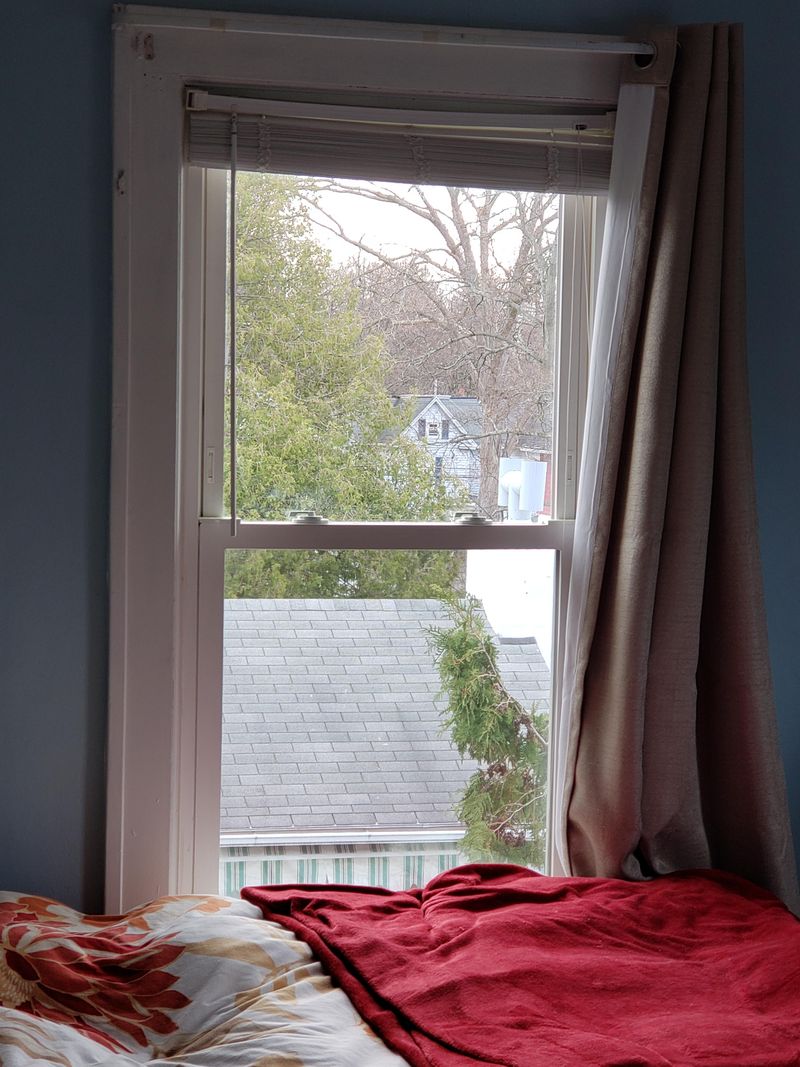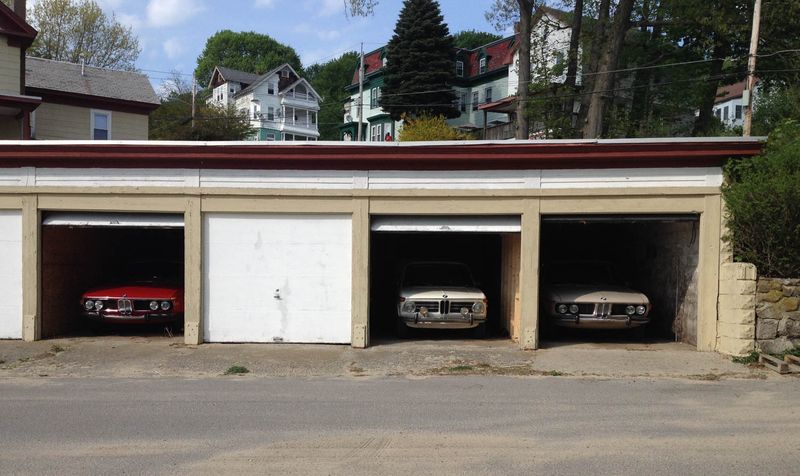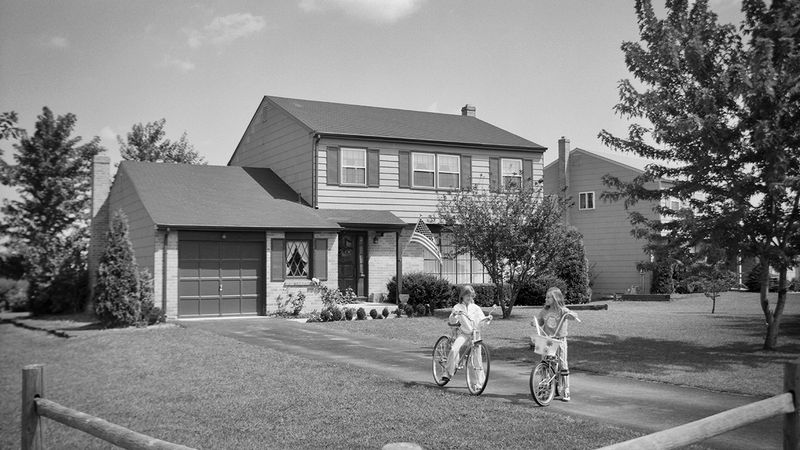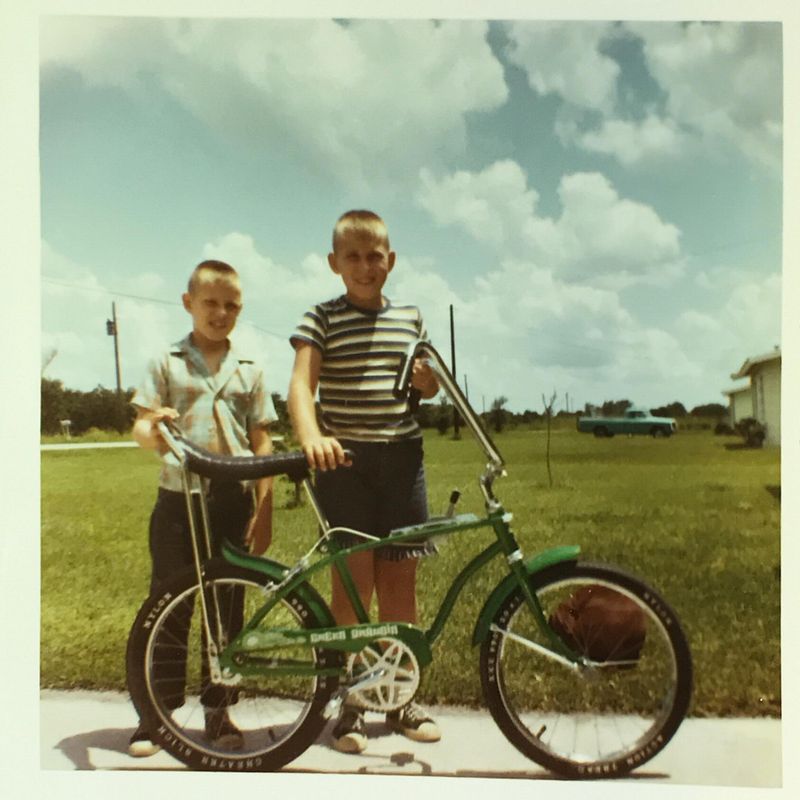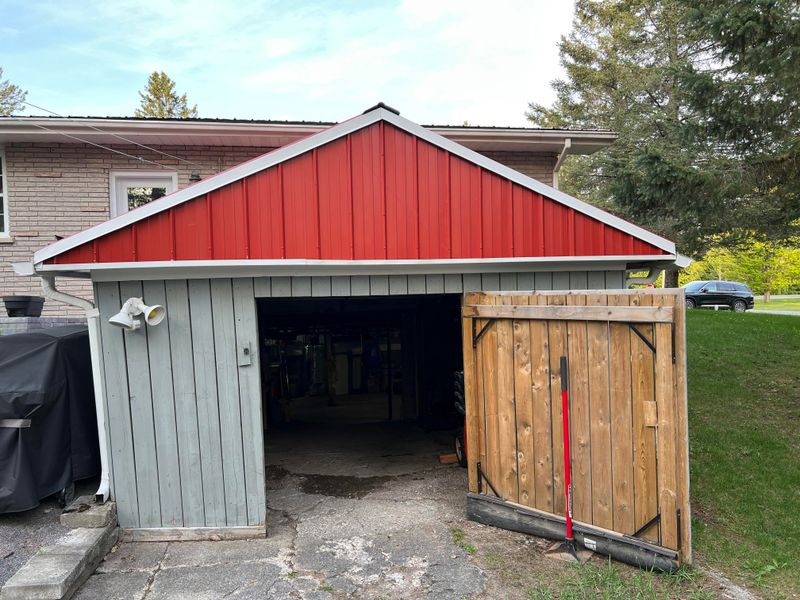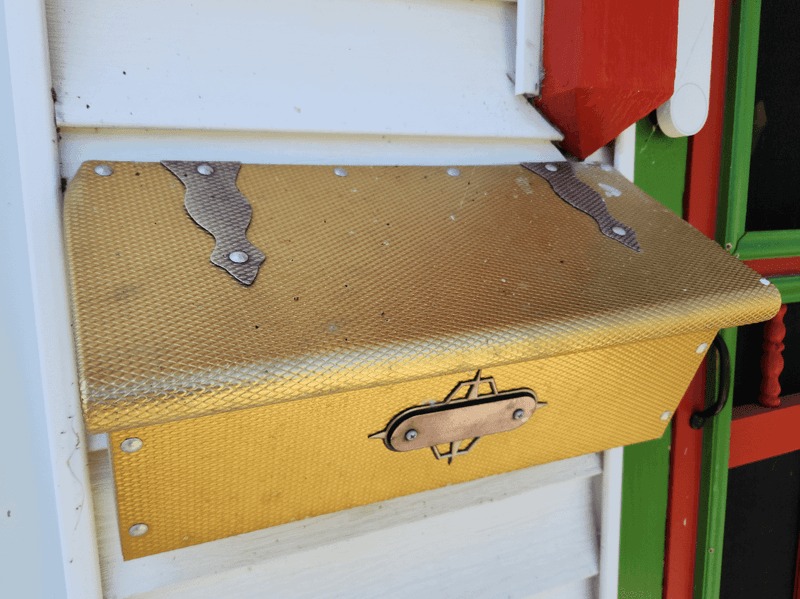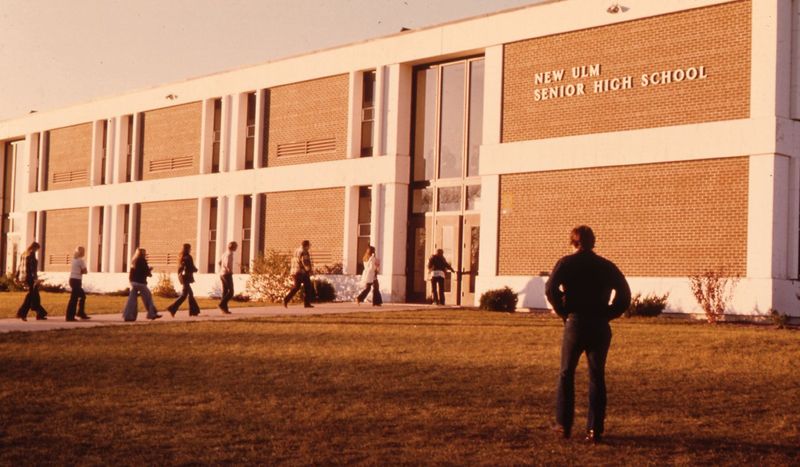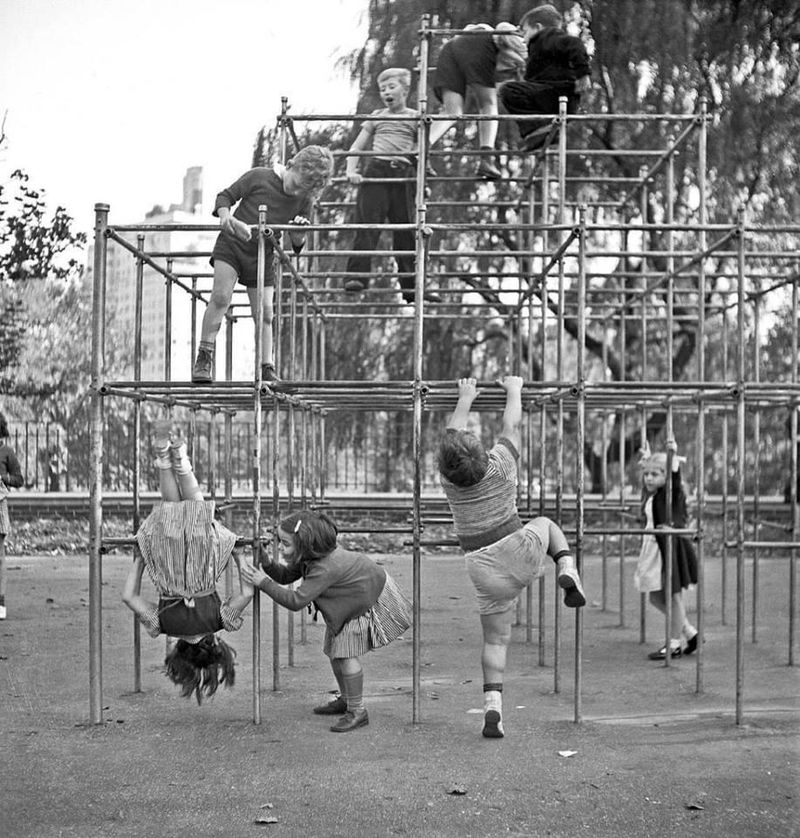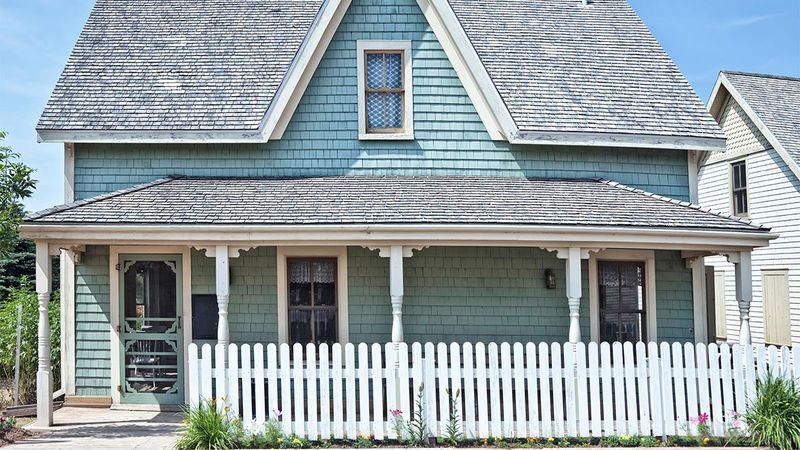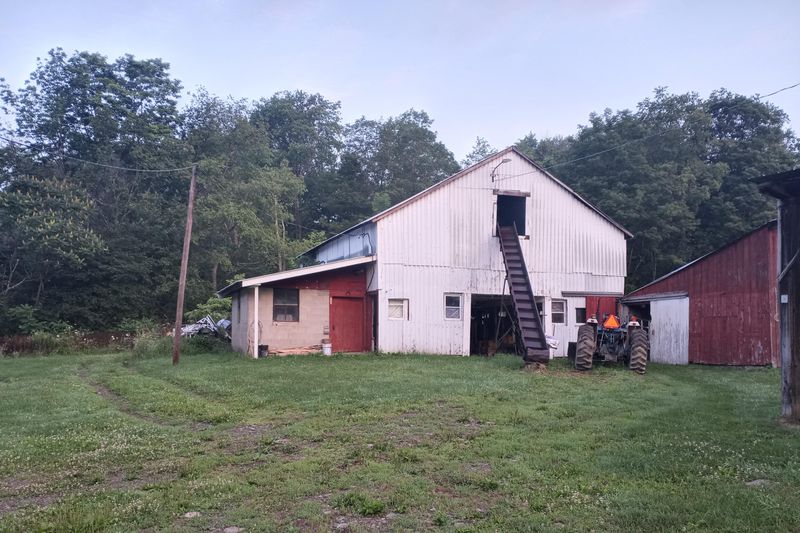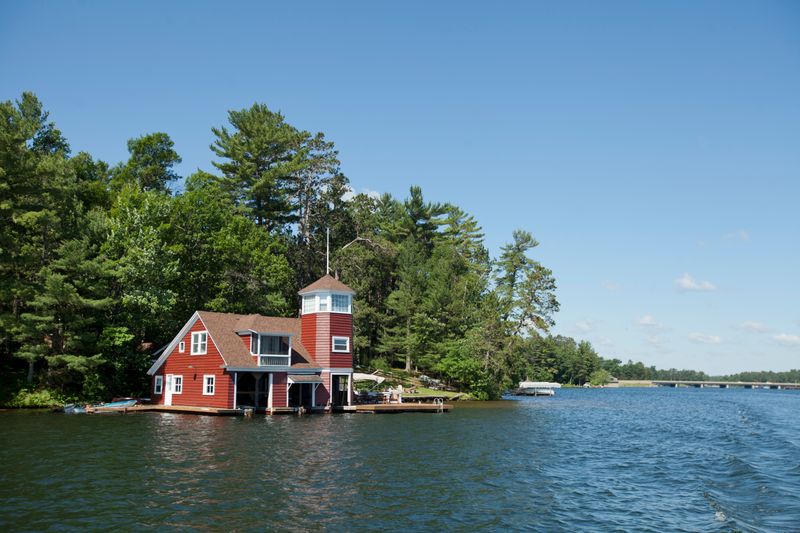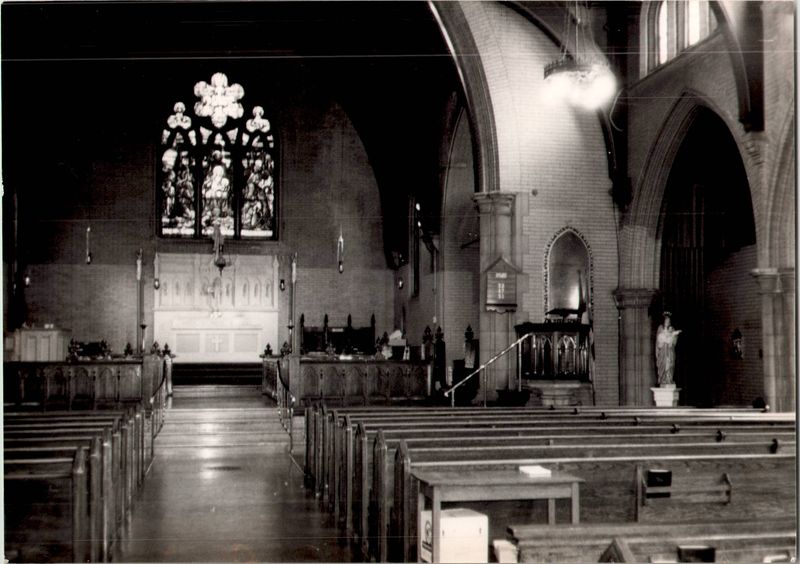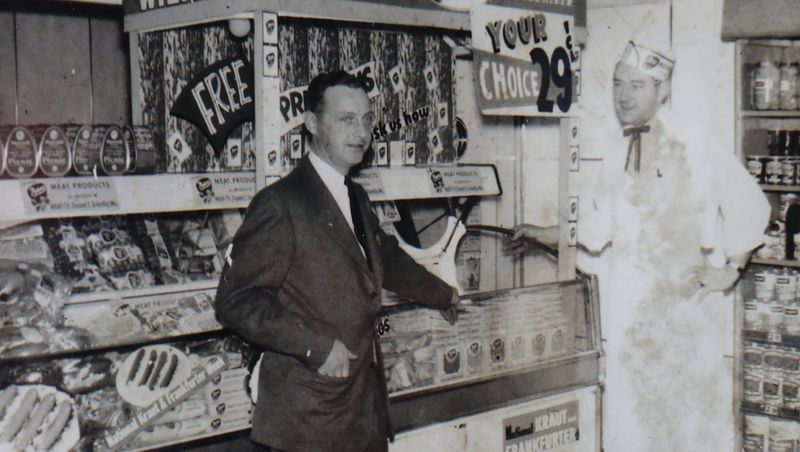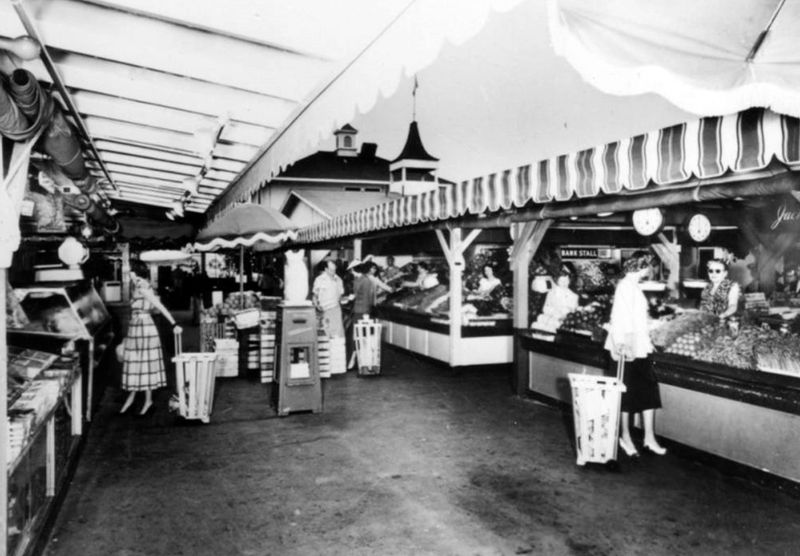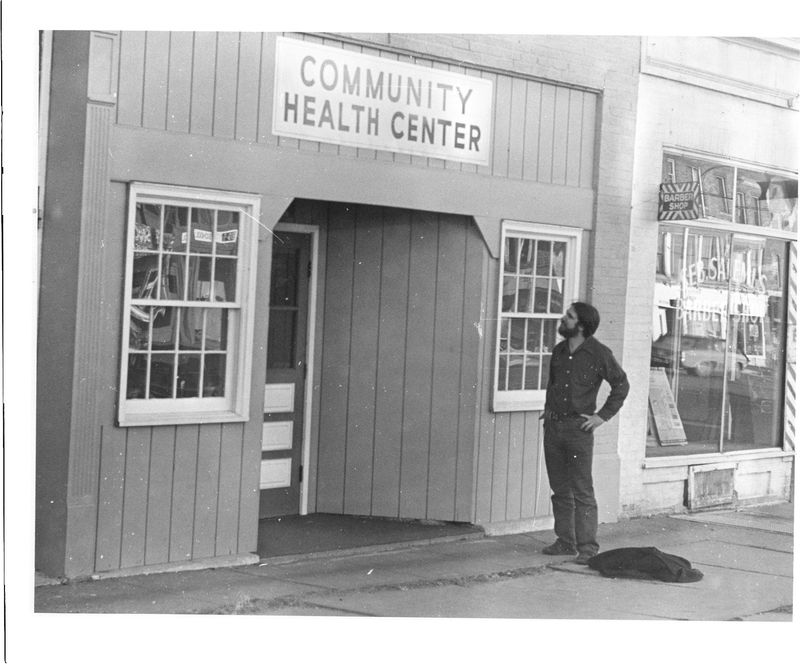Reflecting on a time when trust was the norm and locks were often an afterthought, this blog explores the various items and places our parents felt comfortable leaving unlocked.
These anecdotes highlight both the sense of community and the dramatic shift in societal norms over the decades.
1. Cars
Back in the day, it was common for cars to remain unlocked, especially in residential areas. The idea was that theft was rare and unlikely to happen among familiar faces.
Drivers felt safe leaving windows open or keys in the ignition. Trust in the community outweighed fears of petty crime.
Today, locking a car is second nature, with alarms and tracking systems providing added security. This change mirrors a growing wariness in society, influenced by urbanization and increased mobility. Yet, stories of unlocked cars evoke nostalgia for a trusting era.
2. Windows
Open windows were a common sight, allowing fresh air while keeping homes cool. Trust meant security screens weren’t needed, and neighbors often watched over each other’s homes.
This practice reflected a more relaxed attitude towards home security. People believed in the goodwill of those around them.
Today, windows are often shut tight, with locks and alarms at the ready.
The change signifies a shift towards prioritizing security over openness, driven by a growing concern for privacy and safety. Yet, the image of open windows invokes memories of a trusting past.
3. Garages
Garages were frequently left open, serving as informal meeting spots for neighbors. Tools and bikes inside were considered safe from theft.
The garage was an extension of the home, a space shared with trusted friends and family. This openness fostered a sense of community.
In contrast, today’s garages are often locked, reflecting heightened concerns about security and privacy.
The transition highlights changes in societal trust, as well as increased awareness of potential risks. Yet, the open garage remains a symbol of a more trusting era.
4. Front Doors
In the past, many families left their front doors unlocked, welcoming neighbors and friends to drop by unannounced. Leaving the door ajar was a sign of hospitality and trust.
People didn’t worry about strangers walking in uninvited. Communities were close-knit, and everyone looked out for each other.
This openness fostered a sense of security and belonging, contrasting with today’s emphasis on privacy and security systems.
While some might reminisce about those simpler times, others appreciate the advances in home safety. This cultural shift reflects broader changes in societal trust.
5. Bicycles
In a time when neighborhoods felt like extended families, bicycles were often left unlocked. Kids would ride to school, parks, or friends’ houses, confident their bikes would be safe.
The absence of bike locks symbolized trust and freedom. Children learned responsibility while respecting communal property.
Modern times have seen a rise in theft, necessitating robust locking systems. Despite technological advances, the carefree days of unlocked bicycles remind us of a period marked by mutual respect and community values.
6. Sheds
Backyards with unlocked sheds were common, reflecting trust in community. Garden tools and equipment were left without concern for theft.
Neighbors often borrowed and returned items, reinforcing a sense of community and reciprocity. This practice was rooted in mutual trust and reliance.
Today, sheds are typically secured, with locks to prevent theft. The shift underscores a broader societal change towards caution and self-reliance. Yet, memories of unlocked sheds evoke a time when community bonds were strong and trust was a given.
7. Mailboxes
Mailboxes were left unlocked, with people trusting neighbors not to tamper with their mail. This practice was a testament to community trust and respect.
People believed in the integrity of their neighbors, and mail theft was rare. This openness reflected the societal norms of the time.
In today’s world, locked mailboxes are the norm, reflecting concerns about privacy and identity theft. This evolution highlights a shift in expectations around personal security, contrasting with past practices rooted in trust.
8. Schools
Schools operated without strict security measures, welcoming students and visitors freely. Open doors symbolized an inclusive, trusting environment.
The absence of security systems reflected a belief in the safety of educational spaces and the trust within communities.
Today, schools are often fortified, reflecting changes in societal attitudes toward safety and control.
While necessary, these changes underscore the loss of perceived safety and freedom from decades past. The open school doors symbolize an era where trust was foundational.
9. Public Parks
Public parks were places of freedom, with open gates inviting everyone in. There was little concern for vandalism or crime, reflecting a trusting society.
Families felt safe allowing children to roam and explore, relying on a sense of community to keep watch.
Today, parks often have security measures, guided by concerns for safety. This evolution highlights a societal shift towards caution. Nonetheless, the image of open parks remains a nostalgic symbol of community trust and freedom.
10. Library Book Drops
Libraries trusted patrons to return books through open book drop slots. This system reflected a mutual respect between libraries and the community.
Borrowers were expected to act honorably, returning borrowed items without reminders or penalties.
Today, digital tracking and security measures are common, ensuring accountability. However, the concept of open book drops harkens back to a time of shared responsibility and trust.
11. Fences
Fences were often decorative, with gates left open to welcome neighbors. This openness indicated trust and a desire for community interaction.
The absence of locks on gates symbolized a lack of fear and a strong sense of security within neighborhoods.
Nowadays, locked gates are prevalent, reflecting a more cautious approach to privacy and security. This change illustrates societal shifts towards safeguarding personal boundaries. Yet, open fences remind us of a time when community connections were stronger and trust was abundant.
12. Barns
In rural areas, barns were left unlocked, reflecting trust among farming communities. Equipment and supplies were considered safe from theft.
Neighbors were accustomed to helping one another, borrowing tools without fear of mistrust. This openness was integral to community life.
Today, barns are often secured, signaling a shift towards individualism and caution. The unlocked barn doors evoke a time when community trust was paramount and cooperation was the norm.
13. Boathouses
Boathouses were left open, reflecting trust among waterfront communities. Boats and equipment were safe without the need for locks.
The open doors signified a shared enjoyment of nature and mutual respect among neighbors.
In contrast, today’s boathouses are often secured, reflecting concerns about theft and liability. This transition highlights a broader societal shift towards safeguarding assets. Yet, open boathouses remind us of a time when nature and community were intertwined in trust.
14. Churches
Churches were welcoming spaces, often left unlocked for community members to find solace and peace at any hour.
The open doors symbolized inclusivity and trust in the community’s respect for sacred spaces.
Today, many churches remain locked outside service hours, reflecting concerns about vandalism and theft. This change highlights a shift in societal attitudes towards protecting communal assets. However, the image of open churches evokes a period when faith in human decency was strong.
15. Neighborhood Shops
Small neighborhood shops often left their doors open, welcoming customers to browse freely. This practice reflected trust and familiarity between shopkeepers and their community.
The open doors encouraged casual visits, fostering a friendly, approachable atmosphere.
Today, security measures like cameras and alarms are common, reflecting a shift towards caution and protection.
While necessary, these measures signify a change from the open-door policies of the past. Yet, open shops remain a fond memory of community trust and interaction.
16. Farm Stalls
Farm stalls operated on the honor system, with produce left out for customers to purchase and pay for in an unattended cash box.
This system reflected an incredible level of trust and integrity within rural communities. Buyers respected the honesty-based arrangement.
Today, such stalls are rare, with more secure payment systems in place. This shift underscores broader changes in societal trust and accountability. However, the concept of honor-system farm stalls recalls a time when openness and community trust were central to rural life.
17. Community Centers
Community centers were welcoming hubs, often left unlocked for residents to gather, learn, and socialize freely.
The open doors were a testament to inclusivity and trust within the community, fostering a sense of belonging.
Nowadays, many community centers have security measures in place, reflecting a shift towards protecting public spaces.
This change underscores evolving societal attitudes towards safety and communal interaction. Yet, unlocked community centers remain a nostalgic memory of trust and unity.

